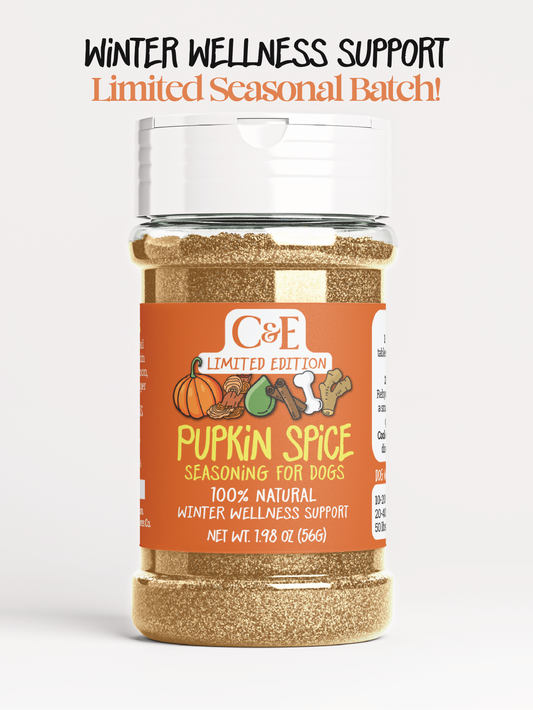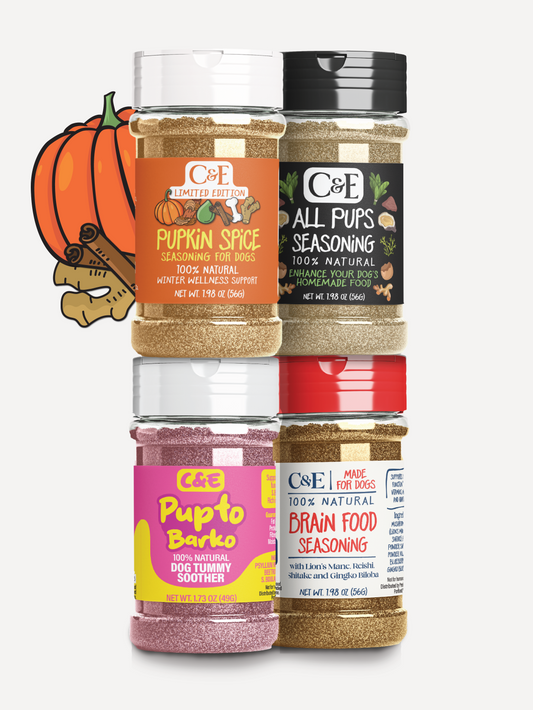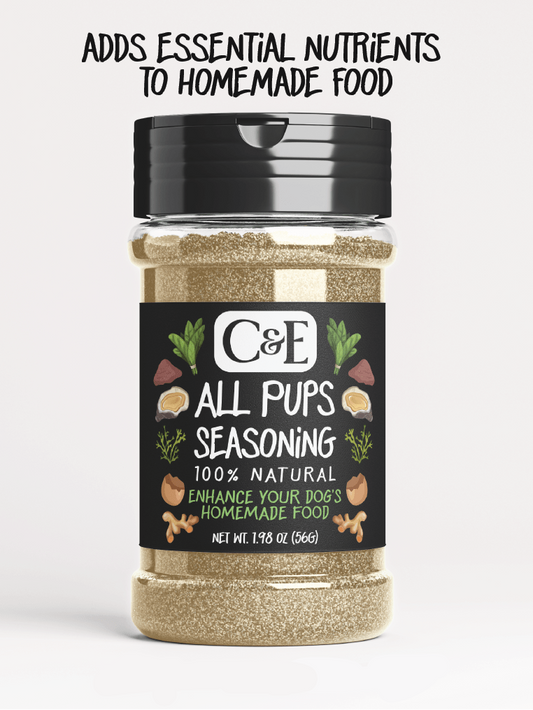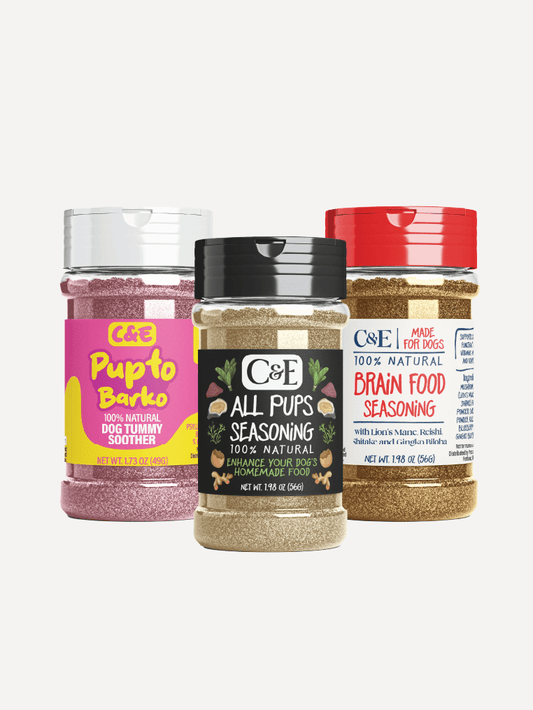Should dogs eat carbs? - the good, the bad and the ugly
 In today’s world carbs get a lot of blame for bad health, but it’s really more complicated than that. Obesity is a growing problem for pets in the US and Europe, as more than 60% of dogs classify as overweight. Carbohydrates often get the majority of the blame for both dogs’ and peoples’ problems, but it’s not that simple. Carbohydrates are actually a huge classification of molecules, many of which are actually indigestible. It’s the simple carbs, like sugars and refined carbohydrates that are the single biggest component of kibble that cause trouble. Yet another reason to feed fresh.
In today’s world carbs get a lot of blame for bad health, but it’s really more complicated than that. Obesity is a growing problem for pets in the US and Europe, as more than 60% of dogs classify as overweight. Carbohydrates often get the majority of the blame for both dogs’ and peoples’ problems, but it’s not that simple. Carbohydrates are actually a huge classification of molecules, many of which are actually indigestible. It’s the simple carbs, like sugars and refined carbohydrates that are the single biggest component of kibble that cause trouble. Yet another reason to feed fresh.
For most things, simple is better. This is not the case with carbs!
Carbohydrate, in its most basic form, is considered to be glucose, a sugar. When health care providers talk about blood sugar, they are referring to how much glucose is dissolved in the blood. When people consume pure glucose or refined carbohydrates, it gets metabolized very quickly and spikes blood sugar. Frequent blood sugar spikes are harmful for several reasons.
-
High blood sugar stresses the endocrine system and causes the pancreas to work harder.
-
Blood sugar spikes also result in blood sugar crashes, which may increase hunger and create a spike-crash cycle.
-
Increased blood sugar and increased insulin lead to weight gain, metabolic syndrome and chronic disease.
Pure glucose is not readily available in nature. It’s usually locked up in fruits or plants, and typically only makes up a small portion of carbohydrates. To store glucose, plants connect them into chains of increasing complexity, from more complex sugars to starch.
The more complex the carbohydrate, the longer it takes to break down and turn into the glucose that raises blood sugar. Fiber, which usually accompanies sugar and starches, also slows down digestion giving a nice, slow and even release of glucose into the bloodstream. More on fiber below.
Carbohydrates in today’s food supply are usually refined to increase purity and remove fiber. Breads, crackers, cookies and pasta are made to be very calorically dense because it’s cheaper to transport per calorie and more appealing to our animal brains. These refined carbohydrates break down into sugars very quickly, causing blood sugar spikes.
Glycemic index (GI) is a measure to understand how foods impact blood sugar. Meat is 0 and glucose is 100, while table sugar is 65. Many common foods have glycemic index values even greater than table sugar, like white bread, corn flakes and rice cakes.
Although GI is not measured in dog food, kibble is typically made with refined carbohydrates. Increases in carbohydrate content in dog food negatively affect blood sugar metrics uniformly.
See this post for more information.
We use the following for our pups and ourselves:
-
Whole grains like quinoa, steel cut or rolled oats (instant oats have a much higher glycemic index)
-
Vegetables like sweet potatoes, carrots, beets and squash
-
Fruits like berries, melons and apples
When consuming refined carbohydrates, it’s important to ensure that they are consumed in moderation, with fiber, and ideally with proteins and fats.








